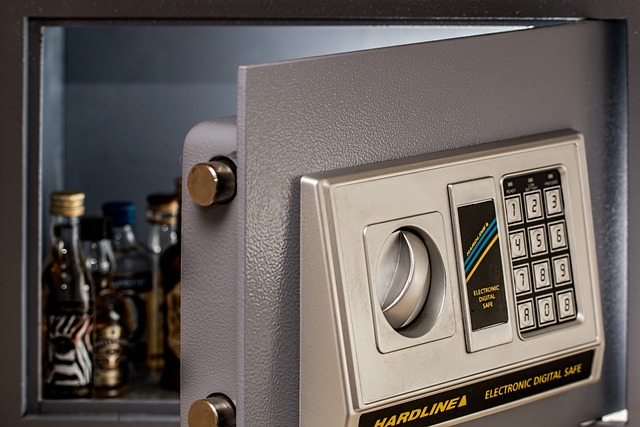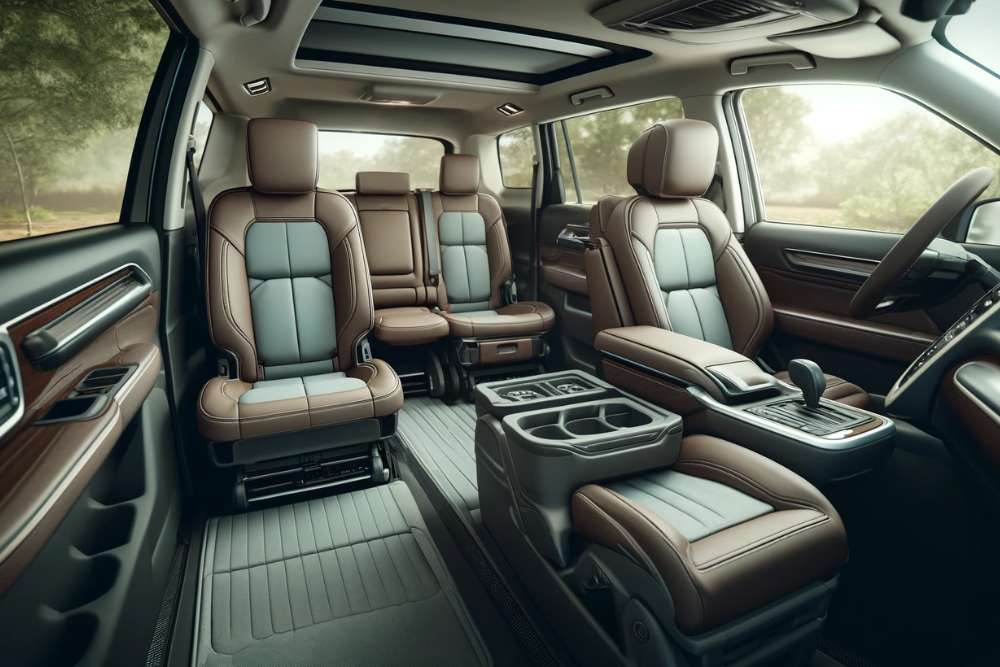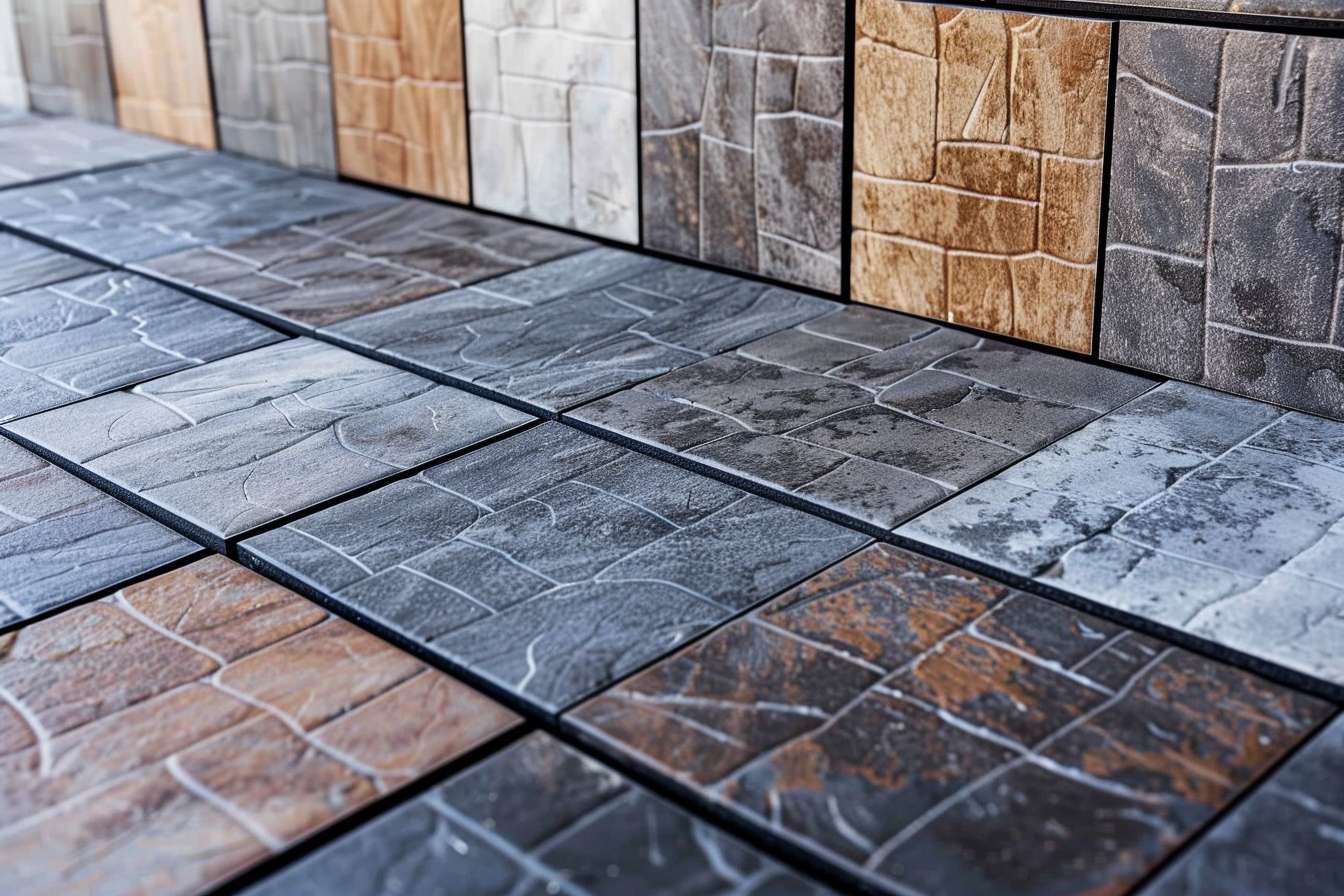Safes explained: security levels, types & costs
Safes play a crucial role in protecting valuable possessions and sensitive documents from theft, fire, and other potential hazards. Understanding the various security levels, types, and associated costs of safes is essential for making an informed decision when selecting the right safe for your needs. This article delves into the world of safes, exploring their different features, applications, and price ranges to help you navigate the options available.

What are the different security levels for safes?
Security levels for safes are typically categorized based on their resistance to burglary attempts and fire protection capabilities. The most common security ratings for home safes include:
-
UL (Underwriters Laboratories) Ratings: These range from B-rated (basic protection) to TL-30X6 (high-security protection against sophisticated tools and techniques).
-
European Standards (EN): EN 1143-1 provides grades from 0 to 6, with higher grades offering increased security.
-
Fire Resistance Ratings: Measured in terms of time and temperature, such as “2-hour fire safe at 1850°F.”
Understanding these ratings helps in selecting a safe that matches your specific security requirements and the value of items you intend to protect.
What are the main types of home safes available?
Home safes come in various types, each designed for specific purposes and levels of security:
-
Wall safes: These are installed within walls, offering concealment and space-saving benefits.
-
Gun safes: Specifically designed to secure firearms, with features like reinforced doors and specialized locking mechanisms.
-
Fireproof safes: Engineered to protect contents from high temperatures during fires, ideal for important documents and digital media.
-
Floor safes: Installed in the floor, providing excellent concealment and protection against theft.
-
Biometric safes: Utilize fingerprint recognition for quick and secure access.
-
Diversion safes: Disguised as everyday objects to avoid detection by potential thieves.
Each type of safe offers unique advantages, and the choice depends on your specific security needs and the items you wish to protect.
How do security safes differ from other types?
Security safes are distinguished by their robust construction and advanced locking mechanisms, offering superior protection against theft and unauthorized access. Key features of security safes include:
-
Thick, reinforced walls and doors
-
Complex locking systems (e.g., electronic, biometric, or mechanical)
-
Drill-resistant plates and relockers
-
Anti-pry designs
-
Bolt-down capabilities
These features make security safes ideal for storing high-value items, important documents, and cash. While they may be more expensive than basic home safes, the enhanced protection they offer justifies the investment for many users.
What factors influence the cost of a safe?
The cost of a safe can vary significantly based on several factors:
-
Security level and ratings
-
Size and capacity
-
Fire resistance capabilities
-
Locking mechanism (mechanical, electronic, biometric)
-
Brand reputation
-
Additional features (humidity control, internal lighting, etc.)
Understanding these factors can help you balance your security needs with your budget constraints when selecting a safe.
How much should you expect to pay for different types of safes?
The price range for safes can vary widely depending on the type, size, and security features. Here’s a general overview of cost ranges for different safe types:
| Safe Type | Size/Capacity | Price Range (USD) |
|---|---|---|
| Wall Safe | Small (0.4-0.8 cu ft) | $100 - $500 |
| Gun Safe | Medium (10-24 guns) | $500 - $2,500 |
| Fireproof Safe | Medium (1.2-2.0 cu ft) | $200 - $1,000 |
| Security Safe | Large (5.0-10.0 cu ft) | $1,000 - $5,000 |
| Biometric Safe | Small (0.5-1.0 cu ft) | $150 - $500 |
Prices, rates, or cost estimates mentioned in this article are based on the latest available information but may change over time. Independent research is advised before making financial decisions.
It’s important to note that prices can vary significantly based on brand, specific features, and current market conditions. High-end safes with advanced security features or larger capacities can cost substantially more than the ranges provided above.
What should you consider when installing a safe?
When installing a safe, several factors should be taken into account:
-
Location: Choose a discreet yet accessible spot that suits the safe’s size and weight.
-
Anchoring: Many safes should be bolted to the floor or wall for added security.
-
Weight capacity: Ensure the floor can support the safe’s weight, especially for larger models.
-
Accessibility: Consider ease of use and quick access in emergencies.
-
Professional installation: For complex installations or heavy safes, professional help may be necessary.
-
Local regulations: Be aware of any legal requirements, especially for gun safes.
Proper installation is crucial for maximizing the security and functionality of your safe, ensuring it serves its intended purpose effectively.
In conclusion, selecting and installing the right safe involves careful consideration of security levels, types, costs, and practical factors. By understanding these elements, you can make an informed decision that best protects your valuables while meeting your specific needs and budget constraints. Remember that investing in a quality safe is an investment in peace of mind and long-term security for your most important possessions.




